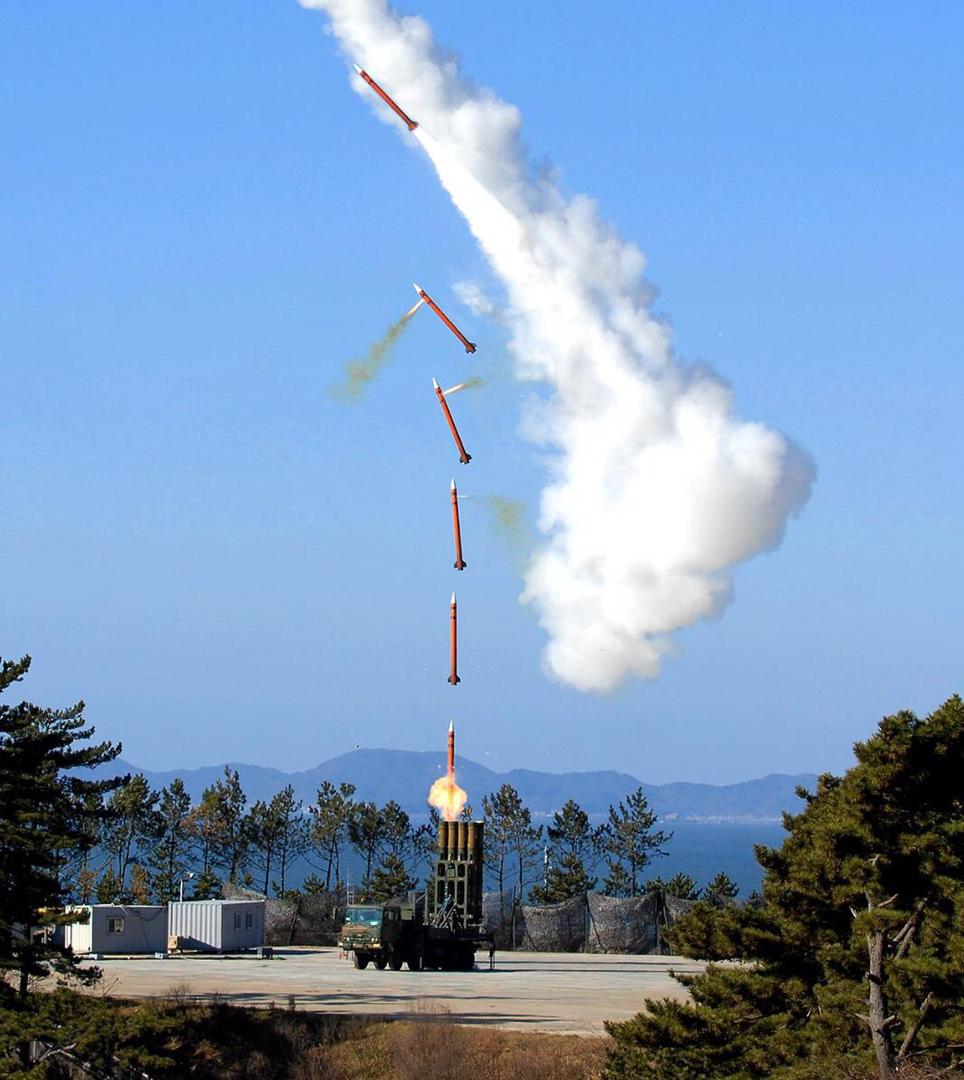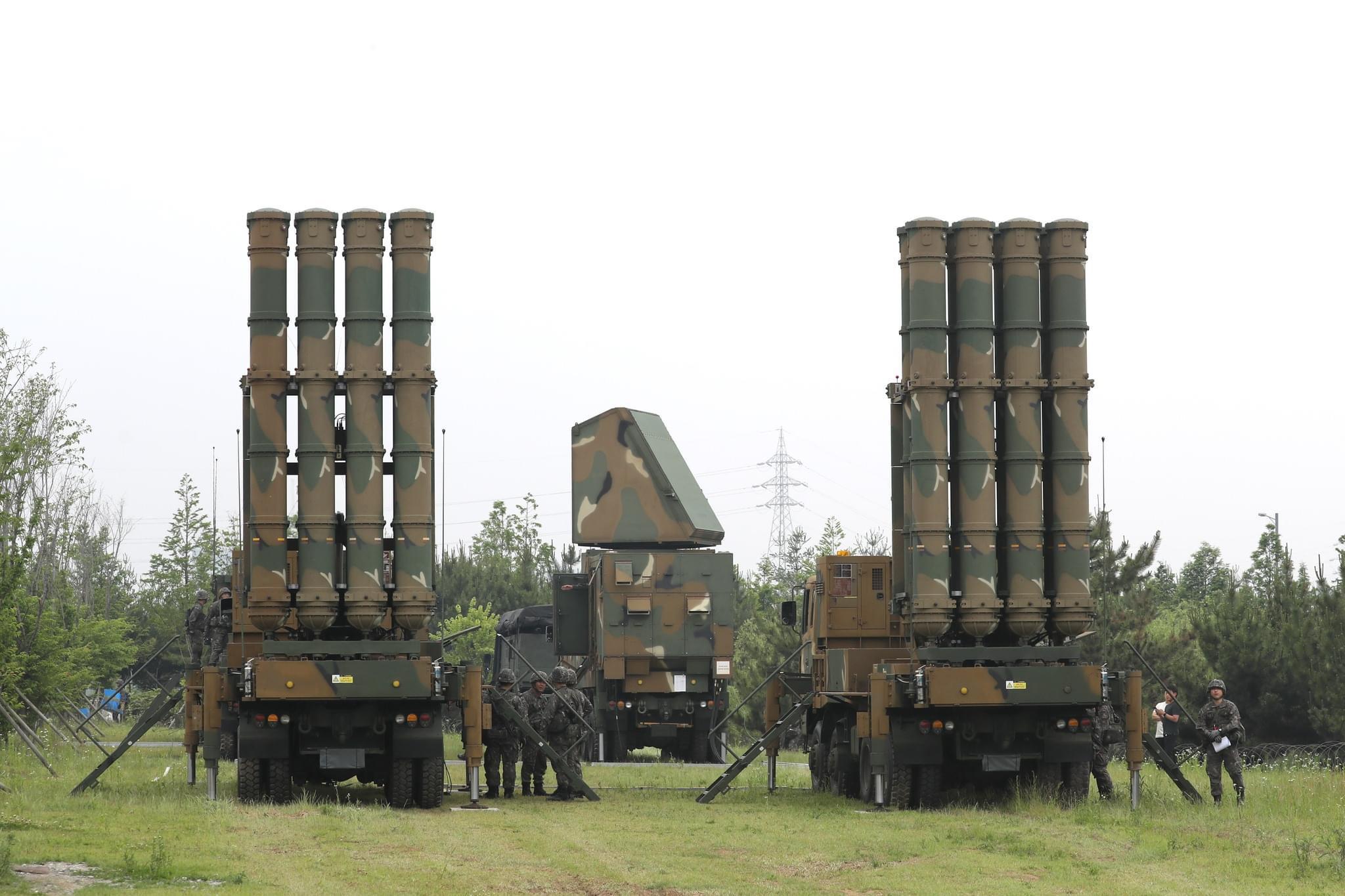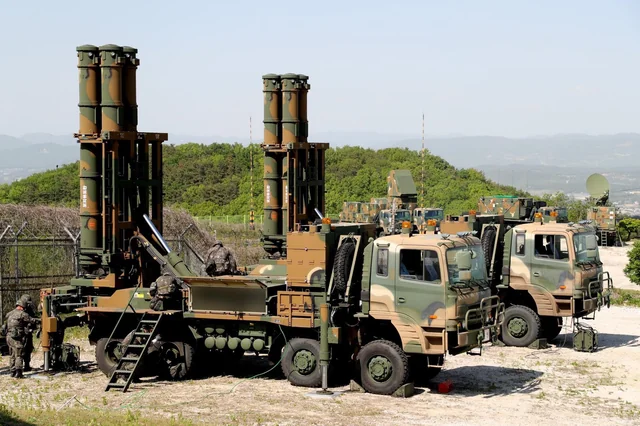KM-SAM II or “Korean Patriot” Dominates Middle Eastern Market, Iraq Becomes Latest Customer
Iraq's Defense Minister, Thabet Al-Abbasi, announced that the oil-producing nation has finalized a contract to acquire eight batteries of the South Korean-made KM-SAM II medium-range air defense system, estimated to be worth US$2.63 billion (RM11.3 billion).
(DEFENCE SECURITY ASIA) — The medium-range air defense system, KM-SAM II (Cheongung II), developed by South Korea and nicknamed the “Korean Patriot,” has undoubtedly become the most popular air defense system in the Middle East, as yet another country in the region has confirmed its acquisition.
Despite initial speculation about its interest, Iraq has now officially decided to procure the medium-range air defense system developed by South Korea’s Agency for Defense Development (ADD) and produced by LIG Nex1.
Iraq joins two other Middle Eastern countries, the United Arab Emirates (UAE) and Saudi Arabia, which had previously decided to acquire the medium-range air defense system.
With South Korea also offering the KM-SAM II to Malaysia to meet its medium-range air defense needs, Malaysia might become the first Southeast Asian country to possess this system.
On September 9, Iraq’s Defense Minister Thabet Al-Abbasi announced that the country had finalized a contract for the acquisition of the KM-SAM II air defense system, with the signing ceremony to be held this week.

The contract involves the procurement of eight batteries of the air defense system, valued at an estimated US$2.63 billion (RM11.3 billion).
The contract was sealed just a few months after Abbasi visited South Korea in March.
The South Korean-made medium-range air defense system will augment Iraq’s existing Russian-made Pantsir-S1 air defense systems, which were acquired in 2014.
Iraq had also considered acquiring other Russian-made air defense systems, such as the S-300 or S-400, but difficulties in obtaining spare parts due to the Russia-Ukraine conflict thwarted its plans to enhance its Russian air defense assets.
Furthermore, Iraq faced the threat of economic sanctions under the Countering America’s Adversaries Through Sanctions Act (CAATSA) if it procured Russian-made air defense or weapon systems.
Proposals to acquire American-made air defense systems were met with strong opposition from influential groups within Iraq and neighboring Iran, leading the country to view South Korea as a “middle ground” option.

Interestingly, analysts have noted that the UAE, Saudi Arabia, and Iraq had previously expressed interest in acquiring Russia’s S-400 air defense systems but ultimately chose South Korea’s KM-SAM II.
According to international defense media, Saudi Arabia reportedly signed a US$3.2 billion (RM15.25 billion) contract in November last year for 10 batteries of the medium-range air defense system, following in the footsteps of the UAE, which acquired the same system in January 2022 for US$3.5 billion (RM16.68 billion).
A unique feature of the KM-SAM II system is its blend of both Western and Russian technology.
It was developed by South Korea’s defense firm LIG Nex1 and the Agency for Defense Development (ADD) with technical assistance from Russia’s Almaz-Antey, known for developing the S-300, S-400, and the latest S-500 air defense systems.
Additionally, Hanwha Systems developed the radar system, while Hanwha Aerospace supplied the launch vehicles.
The KM-SAM II system was inspired by Russian air defense systems developed by Almaz-Antey, such as the S-300 and S-400.




Comments are closed.